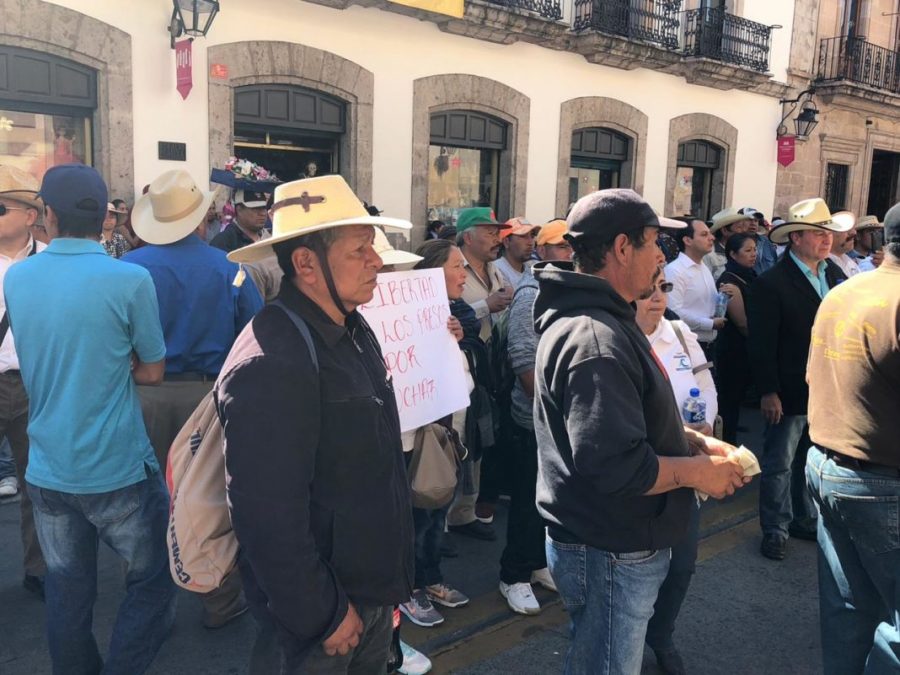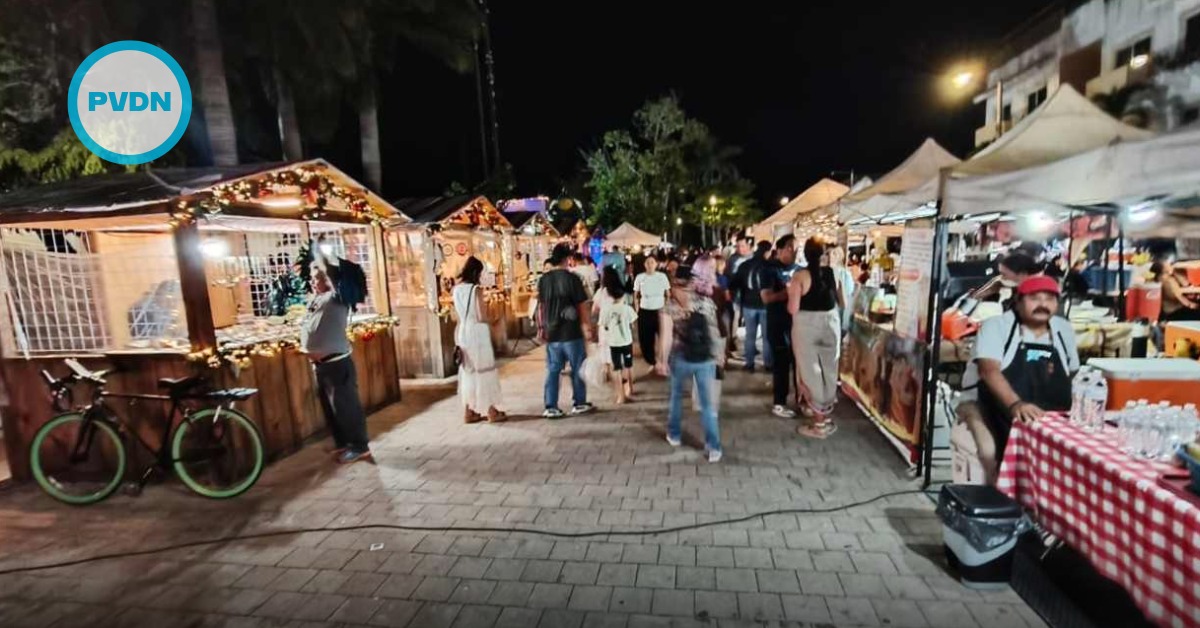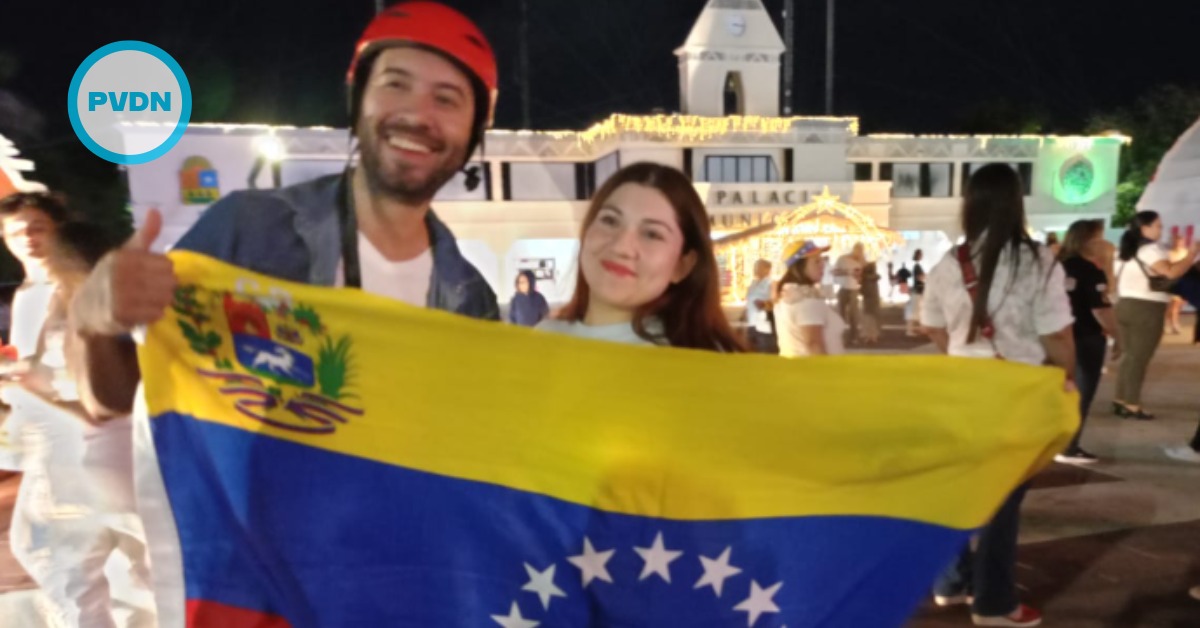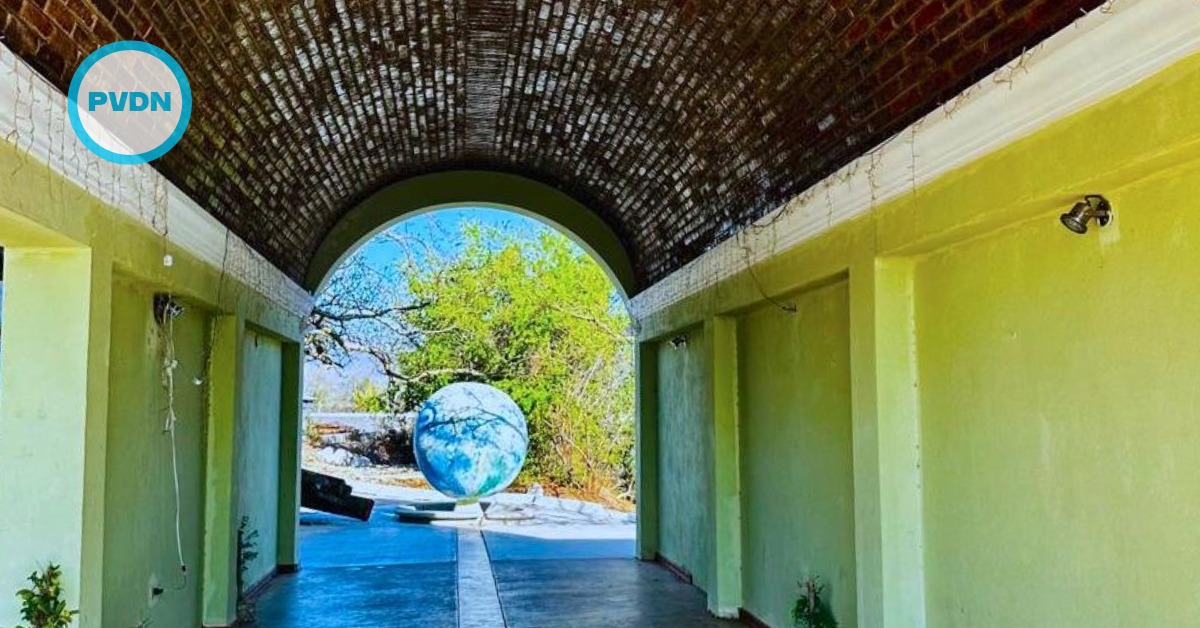With heavily armed state police patrolling the streets and its central plaza nearly desolate in the morning mist, the tension in the Mexican town of Nahuatzen is palpable.
The hamlet is one of about 50 indigenous communities in the southwestern state of Michoacan fighting to achieve autonomy for their town or village, according to the state government.
Locals say that after years of government corruption and soaring crime, they are better off managing public resources themselves.
“In 82 years of municipal presidents, they’ve never bothered to give the community, the people, the services or the progress that Nahuatzen (deserves . . .






